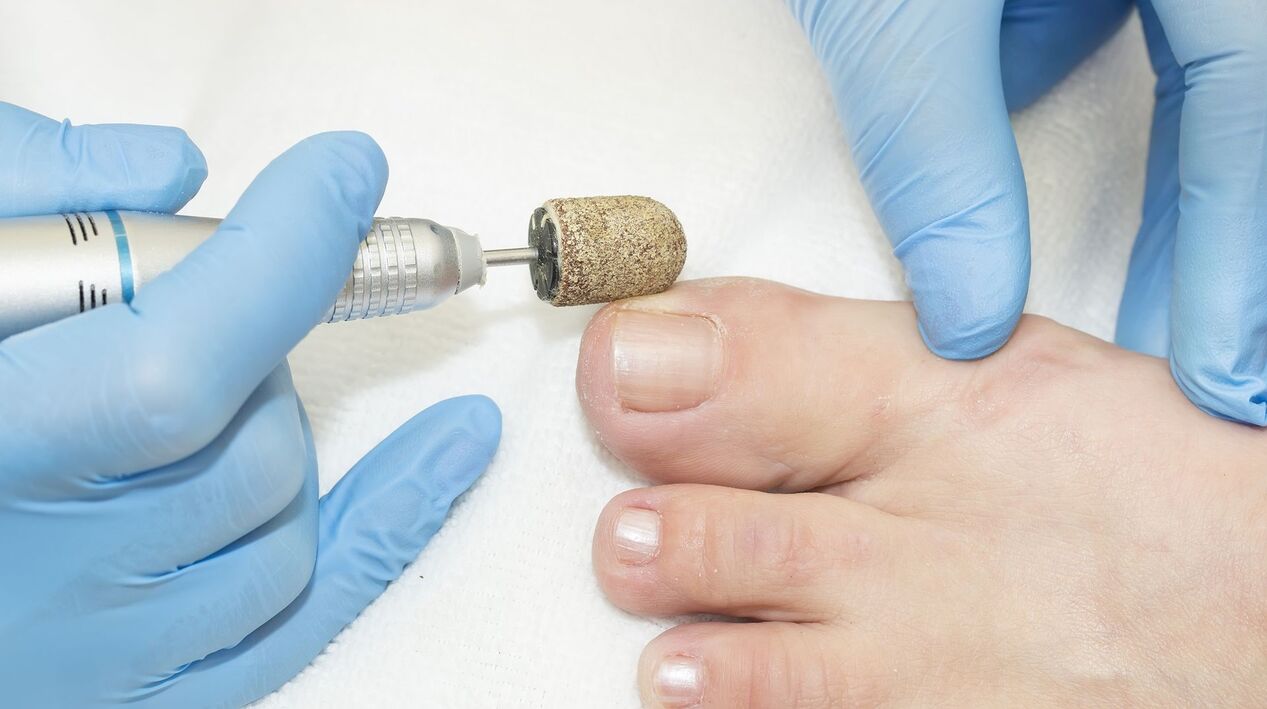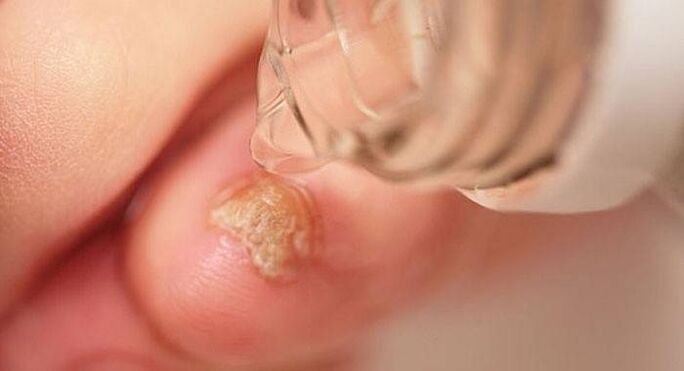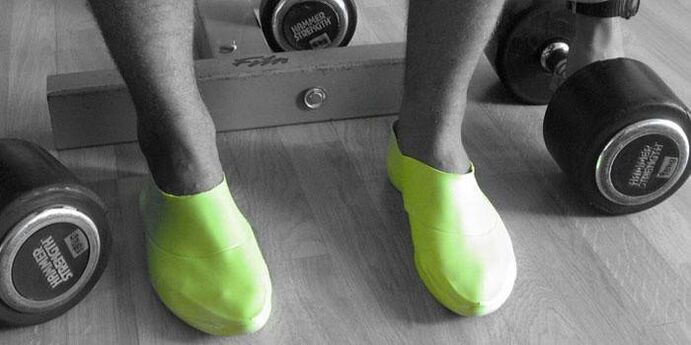Discolored, pitted, and bumpy nails are common symptoms in people with onychomycosis, a fungal nail disease. Removing the fungus under the nails is not easy: in many cases, the treatment is caused by polymycosis (failure of multiple fungi at the same time), high resistance of the pathogen, entry of the fungus into the blood and lymphatic vessels. Is there a chance to get rid of onychomycosis forever? Yes I have! You need to consult your doctor and follow his instructions exactly.
Traditional treatments for onychomycosis
It's best to start fighting the fungus as soon as you notice the problem, and the pathogen hasn't yet managed to hit the nails of all your toes and fingers. At first, the infection affects only the edge of one nail, then the entire nail. If left untreated, the nail plates on all fingers can become damaged and fall off completely. Treatment of advanced disease is much more difficult than early disease.

therapeutic nail polish
In the initial stages of onychomycosis, when the nail plate or its edges become discolored, the disease is perceived by the thickening and keratinization of the nail: it thickens, begins to peel and chip. If you notice these symptoms, you should seek medical attention immediately. In the initial stages, therapeutic varnishes associated with topical treatments have been used successfully against fungi. Before starting the procedure, it is necessary to perform analysis to identify specific pathogens.
To increase the therapeutic effect, it is necessary to mechanically remove the upper keratinized layer of the nail plate before the procedure of applying varnish. It is necessary to carefully remove the cuticle affected by the fungus so as not to damage the diseased nail. The medicinal varnish penetrates deep into the tissue and helps to quickly destroy the pathogens of onychomycosis. To increase the therapeutic effect, it is necessary to treat the nails with nail polish regularly until they are fully healed.
In addition to the nail plate, the fungus often affects the skin of the feet and palms. This can be evidenced by symptoms such as burning, itching, a specific smell, etc. Therefore, along with the treatment, preventive measures are also taken to destroy the pathogens: disinfection of shoes, socks, treatment of the feet with antifungal drugs.
Antifungal creams and ointments

Creams and ointments have proven themselves as an effective treatment for nail fungus, especially in its early stages. Unlike varnishes, creams and ointments can easily be wiped off the surface of the nail, so it is necessary to ensure that the nail plate is covered with active substances for a long time, otherwise the drug will not have time to penetrate deeply into the surface of the nail. Affected nails. To enhance the effect, the upper cuticle of the nail plate needs to be removed with a file, allowing the active substance to penetrate deeper into the nail.
tablet

If the fungal infection affects more than 3 fingers, or if the disease is advanced, doctors may prescribe oral antifungal tablets. The intake of such drugs should be carried out under the guidance and supervision of a doctor: drugs of this group are toxic and have a negative effect on internal organs. These drugs are taken in rest cycles. For the treatment of fingers, 2 cycles are required, toes - 3 cycles.
To increase the effect of tablets, it is best to combine their intake with topical treatment with varnish or cream. This combination therapy promotes rapid recovery. To reduce the harmful effects of pills on the liver, doctors recommend taking hepatoprotective drugs. At the same time, steps should be taken to prevent secondary infections - treating shoes and other things with antifungal drugs.
Folk Remedies to Get Rid of Nail Fungus

Many people are interested in this question: Is it possible to get rid of nail fungus using folk methods? The answer is yes: In some cases, folk methods can remove fungus from nails. Doctors don't recommend abusing self-medication: If you start contracting the disease, it can become more difficult to get rid of the fungus. The following natural products have proven effectiveness: propolis tinctures, iodine, vinegar baths, etc. This popular recipe is popular:
- Apple cider vinegar based application. Mix apple cider vinegar and vegetable oil in a 1: 1 ratio. Wet a cotton pad with the resulting mixture and tape it to the affected area. The disk should be kept for 3-4 hours, this process is done daily until fully restored.
- Apple cider vinegar based bath. Dilute 1 liter of vinegar in 3 warm water and add a pinch of potassium permanganate. Take a 30-minute bath every day.
- Propolis tincture. Moisten a cotton pad with the tincture and use it to rub your nails a few times a day—whether sick or healthy.
- Tea tree oil. Lubricate the affected nail with oil. This procedure is performed several times a day.
- Propolis tincture. Wet a cotton pad with 20% propolis tincture and apply it to the affected area for a few hours. This procedure is performed daily until a healthy nail plate grows.
- iodine. Clean the nail plate from the cuticle and apply an iodine solution. It is recommended to treat healthy nails, skin near the fingers. If there is a burning sensation after applying the solution, it must be diluted. Use the solution daily until fully cured.
- Celandine tincture. Dilute the infusion of celandine 1: 1. Dip your finger in the solution and hold for 20-25 minutes. The course of treatment lasts 20 days.
How to Prevent Fungus: A Dermatologist's Advice

Fungal infections that require careful and skilled treatment become unpleasant. People visiting public places are at risk: baths, saunas, swimming pools, and people who come into contact with people with fungal diseases. If there is a sick person at home, all precautions must be observed: don't wear someone else's shoes, wipe with a daily medicated fungicide. Dermatologists give the following recommendations to prevent fungal infections:
- When going to saunas, baths, swimming pools, and other public places where people walk barefoot, be sure to wear your own shoes, preferably closed.
- After visiting these areas, wash your feet thoroughly, including the skin between your toes.
- Use talcum powder or deodorant if your feet are sweaty.
- Try to comply with hygiene requirements and change socks every day.
- Don't wear other people's and tight shoes.
- When trying on new shoes at the store, put on new socks.
























